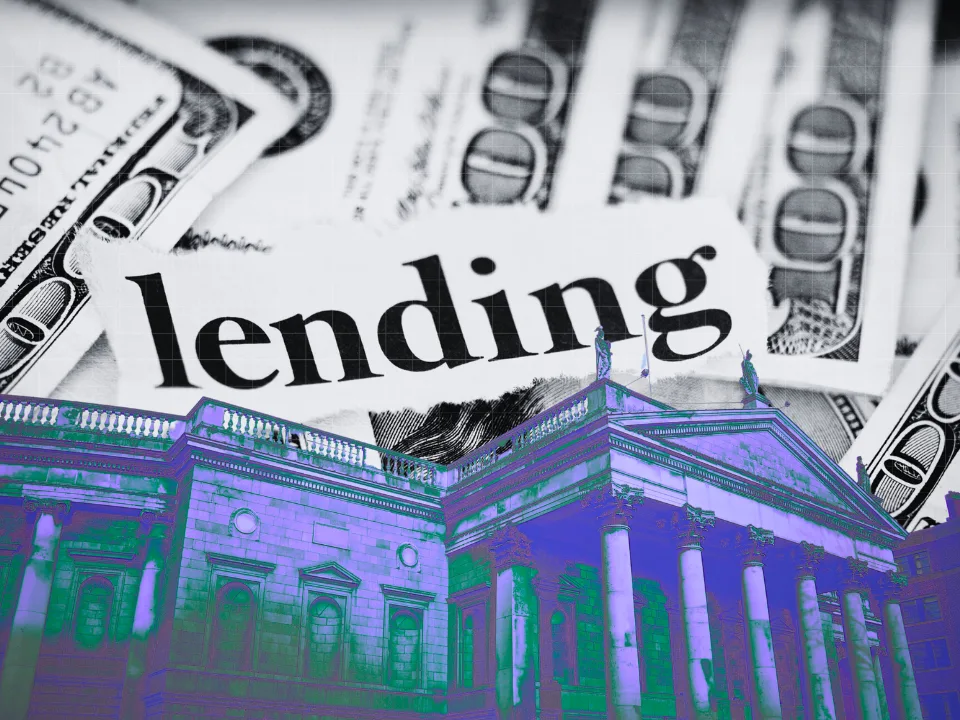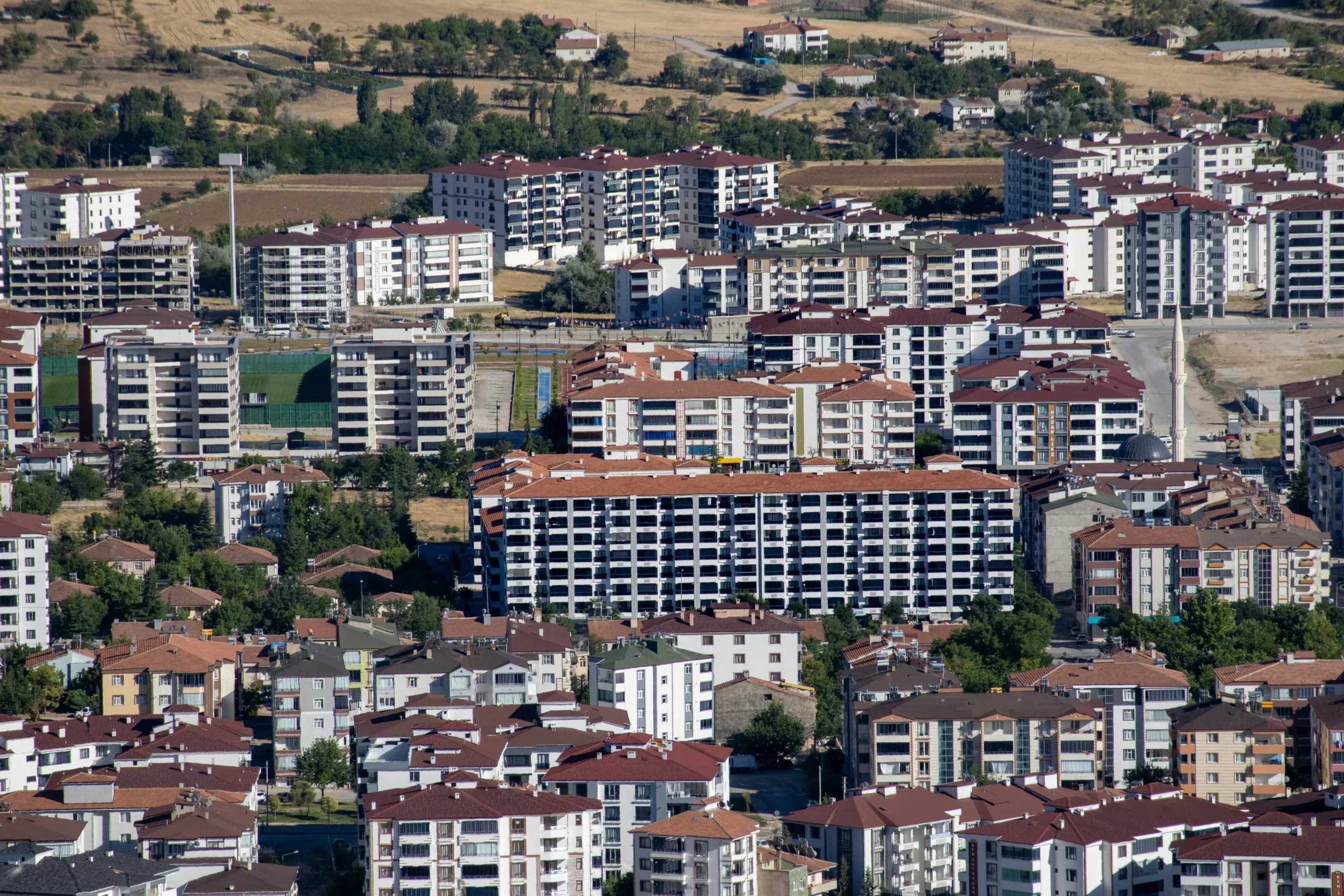- Data centers remain the top-performing asset class, with vacancy below 2% and rising rents driven by AI and cloud computing growth, but expansion is limited by power constraints in primary markets.
- Senior housing is nearing a critical demand inflection point as baby boomers age into higher care needs, driving occupancy rates toward 20-year highs amid limited new supply.
- Dallas-Fort Worth tops the list of markets to watch in 2026, followed by Jersey City, Miami, and Brooklyn, as investors focus on growth markets and sector-specific resilience.
Real Estate Reinvented: Emerging Trends 2026
The U.S. real estate industry is entering a phase defined by reinvention, as revealed in the 47th edition of the Emerging Trends in Real Estate® 2026 report by PwC and the Urban Land Institute. Drawing on insights from over 1,700 industry professionals, the report showcases how CRE players are leaning into tech, aging demographics, and operational resilience amid economic uncertainty.
Data Centers Dominate, But Power Is the Bottleneck
Data centers have surged ahead as AI and cloud computing accelerate infrastructure needs. National vacancy rates remain under 2%, with most new developments fully pre-leased before construction begins. However, power availability has become the key constraint, pushing development into non-traditional markets like Indiana, Ohio, and Louisiana—and driving expansion in secondary metros such as Columbus, Austin, and Reno.
Rents have climbed more than 15% annually since 2021, as demand for edge and colocation facilities near urban centers remains strong.

Senior Housing Enters a Historic Boom Phase
As the first baby boomers turn 80 in 2026, the senior housing sector is on the cusp of a historic surge in demand. Yet new supply is lagging, with inventory growth flat or even negative in some markets. Occupancy rates are projected to exceed 90%, reaching the highest levels in two decades.
Developers are rethinking senior housing models, expanding into “independent living lite” and tech-enabled, wellness-focused communities to meet changing expectations.

Self-Storage and Student Housing Adapt to Market Shifts
Self-storage is evolving from a utilitarian asset to a lifestyle and investment hybrid. The share of U.S. households using storage jumped from 11.1% in 2022 to 13.4% in 2024, with vacancy for smaller storage facilities falling to 2.8%. New formats like storage condos are gaining traction as mixed-use solutions for small businesses and consumers.
Meanwhile, student housing saw strong demand in 2024, but faces uncertainty due to demographic shifts, visa issues, and rising costs. New deliveries are expected to decline 42% in 2025.
Office Recovery Splits by Quality and Location
The office sector continues to bifurcate. Top-tier buildings in major metros are fetching record rents, but lower-grade and poorly located buildings are still struggling with elevated vacancies and reduced valuations. Suburban offices have held up better than central business district assets, with CBD values dropping 50% peak-to-trough, compared to 19% for suburban counterparts.
Top 10 Markets to Watch in 2026
- Dallas-Fort Worth
- Jersey City
- Miami
- Brooklyn
- Houston
- Nashville
- Northern New Jersey
- Tampa-St. Petersburg
- Manhattan
- Phoenix
Why It Matters
Despite economic headwinds, real estate players see an industry reshaping itself—not reverting to old norms. Tight labor markets, immigration policy, and AI-driven transformation will continue to challenge traditional models, but those with data-driven strategies and geographic flexibility are poised to win.
What’s Next
The 2026 outlook underscores that success will favor agility and strategic clarity. As interest rate cuts loom and new tech integration reshapes the built environment, CRE players are recalibrating toward innovation, efficiency, and high-growth subsectors.

















